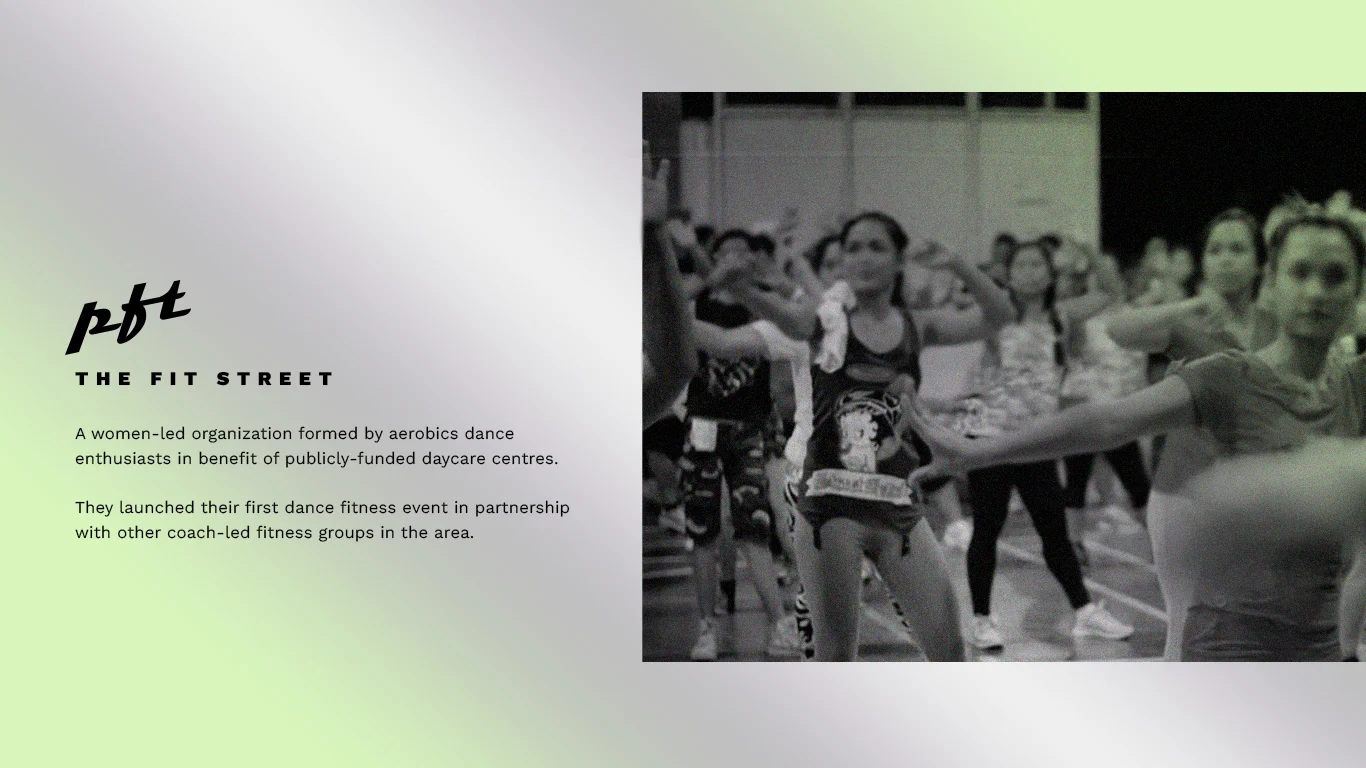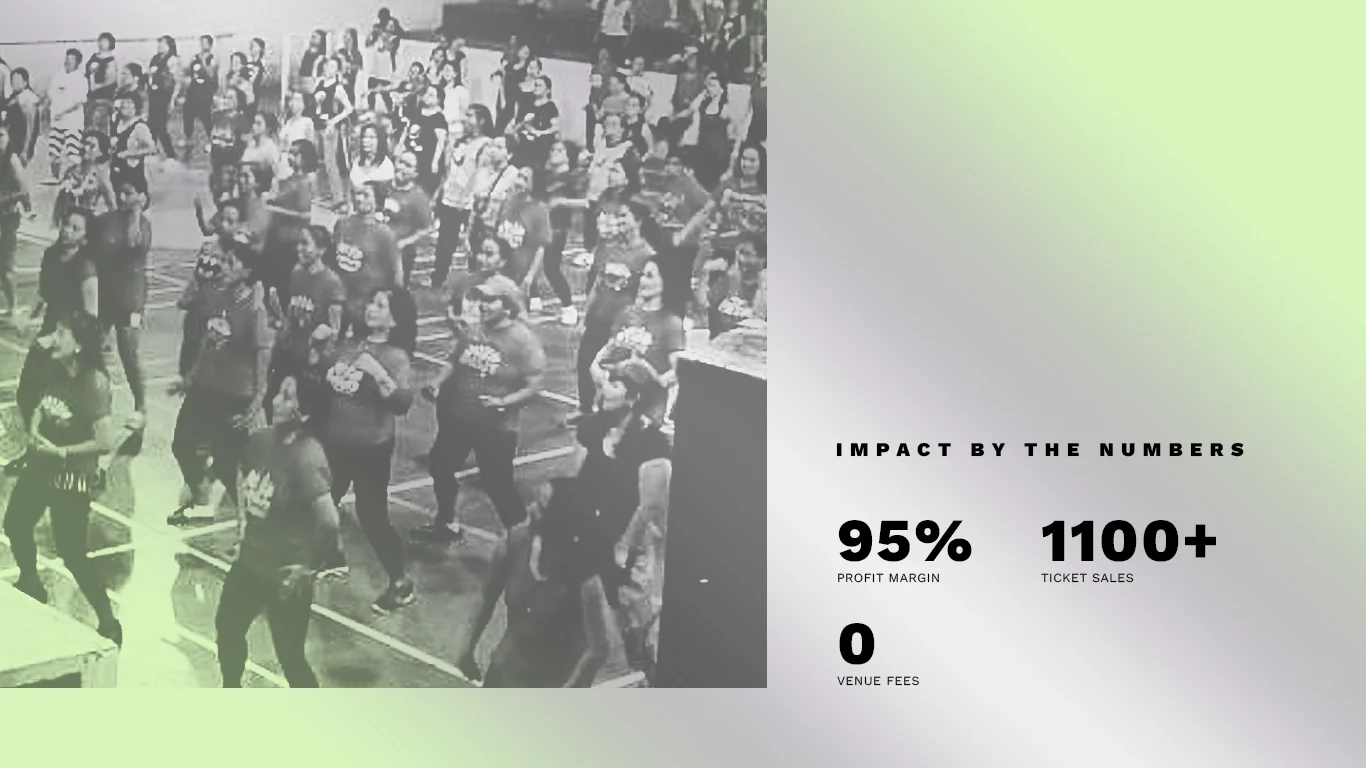- Blog/
Art of ‘stealing’ audiences from those who came first
Table of Contents
“It’s already been done” #
The statement for the ages. Mostly by aspiring entrepreneurs wanting to enter a market. You would often read this at startup communities like Indie Hackers.
Sometimes they’re right. Entering a market before competitors gives the first-mover advantage. Since you’re on your own, you have the freedom to construct a solid brand foundation for your business, attract early adopters, and ramp up sales.
You can also get a head start on your competitors by riding the experience curve faster than they can.
The late-mover advantage #
It seems like a lot of would-be business owners are squandering their time trying to think of that one truly revolutionary idea. When they did, the likelihood of failure is high because the target market has to be educated in addition to the very high pioneering costs.
Enter the late movers: the proof that an idea works.
Since the idea works, it is possible for late movers to benefit from the first mover’s consumer education, market research, and management strategies. The uncertainties of entering an uncharted market are already paved and mapped out by the first mover so this becomes easier for you.
With these at hand, you can also leapfrog the early mover by differentiating or incorporating another idea (a twist!) on what they have started.
‘Stealing’ the audience #
Stealing the audience is what I did for a group of aerobic dance moms to become the biggest in town.

The group was established to partly support publicly-funded daycare centers. While making some profit, it also aims to gather financial support for the upkeep of kid-centered spaces.
When there are so many other Zumba classes in the area, it will be tough for these mothers to compete. Taking advantage of the booming popularity of Zumba, becoming the platform for these smaller classes by hosting large fitness events became their newfound glory. It also makes sense managerially as the group also has personal endeavours outside aerobics.
And oh, we did it without breaking the bank.
Becoming their platform #
Forging partnerships with dance fitness instructors to draw their students to the event, instead of becoming their competition.
-
Setting priorities. Since the group’s goal is unique from the existing dance fitness classes, emphasizing competition among the existing classes in the area will be a drawback.
-
‘Late-mover advantage’ with a twist! Putting the coaches in the spotlight by making them lead the dances helped us ‘steal’ their students for the event. The instructors also earn a commission on every ticket sale they make. A win-win.
-
Overcoming overhead. Partnerships with coaches moved our marketing organically and met our sales targets that we didn’t have to spend on ads. They’ve become our marketing and sales people. We also partnered with the local authorities to waive venue fees and then sold venue spaces to local concessionaires. In addition to the sponsorships from prominent locals, we also took advantage of having an event theme to sell themed merch.
The outcome #
The most attended fitness event in town where everybody wins
For the attendees, every inch of the small venue was their dance floor. It was cramped (whoops!) but it was also their place to meet other enthusiasts from different fitness classes.
For local businesses, we made it become their promotional haven. We made sure to mention their businesses as sponsors at every chance we get, as annoyingly as possible.
For the instructors, aside from the sales cut, it was also their platform to steal recruit students from other classes. Each of them had equal time to lead the whole venue to dance.
For the organizers, the event was as rewarding as handing out the fruits of the labor to the beneficiaries.
